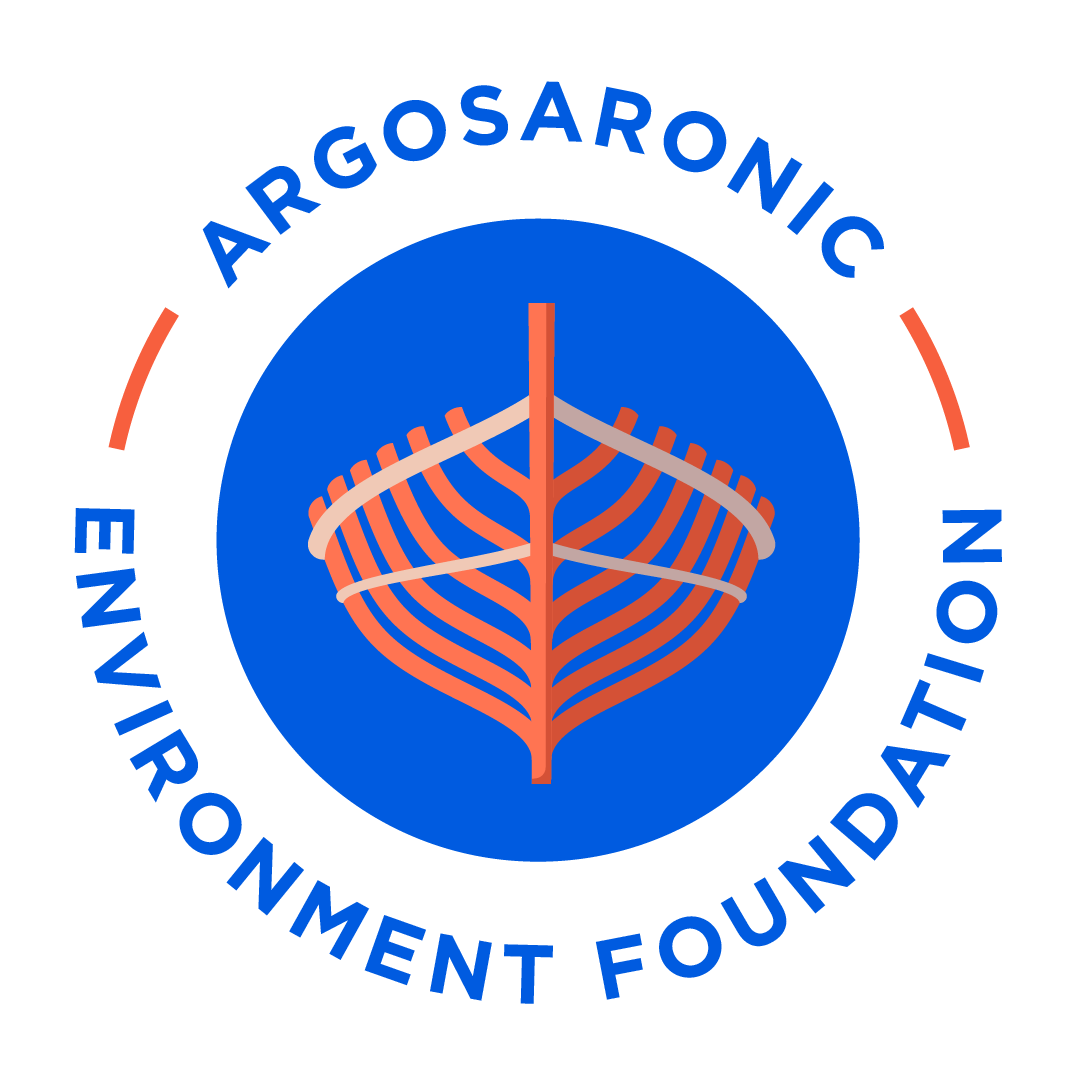
Grants
Marine Ecosystems
Mapping the Posidonia oceanica Seagrasses of Poros and Methana
€ 17,315.76 awarded
Project duration: March 2024 – November 2024
Status: Completed
Grantee: iSea
Co-funded by: The Rauch Foundation
Seagrass meadows are some of the most precious and threatened ecosystems worldwide. It is an essential keystone species that sequesters carbon and provides a vital habitat and spawning ground for fish and other marine species. Globally, 92% of seagrass which once existed has been lost. Existing knowledge about the distribution of this endemic species is quite limited, and therefore its accurate mapping is the most crucial initial step for its protection. Especially so in the Argosaronic Gulf where intense tourism activity (especially anchoring) inappropriate fishing methods and aquaculture units can cause devastating impact.
Following the successful mapping of the Posidonia oceanica meadows around Spetses, Hydra and associated islets, the AEF funded the extension of the research to the Saronic Gulf with new field surveys around Poros island and the Methana peninsula.
Jointly with Rauch Foundation and in alliance with our local partner Katheti, we support the scientific work of Greek NGO iSea to produce detailed coverage maps in these marine areas. Fieldwork research in May 2024 resulted in the collection of valuable data through the examination of 800 validation points in total, revealing unexpected fresh Posidonia meadow patches but also some very degraded ones in proximity to aquaculture facilities. Further analysis in the coming months is expected to produce comprehensive findings vital for guiding future conservation action and subsequent policy measures.
The project also aims to raise awareness of local stakeholders and visitors concerning the significance of these Mediterranean Sea forests – indispensable to the health and productivity of the region, maintaining marine biodiversity, supporting fisheries, protecting coastlines, retaining water quality and mitigating climate change. A better understanding of their benefits and actual distribution will enable the basis for their effective management in the future.
READ ALSO:
Posidonia Oceanica: Our Valuable Underwater Forests
Thalassa Mana Concert: A Harmonious Blend of Art and Environmental Awareness
Mapping the Posidonia oceanica Seagrasses of Poros and Methana
———–
Donate to support projects like these

